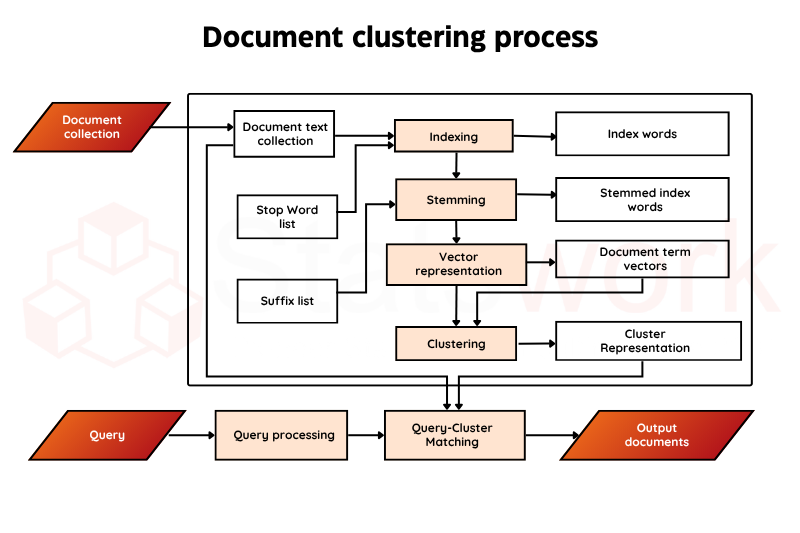
As the data collection methods have extreme influence over the validity of the research outcomes, it is considered as the crucial aspect of the studies
May 2025 | Source: News-Medical
Businesses today routinely produce vast amounts of data every day, whether it be through emails, project reports, correspondence with clients, presentations, spreadsheets, or internal documentation. Collectively, the amount of data is astounding. Data is an amazing resource, but the practical management of data has become quite cumbersome for organizations of all sizes. Without organization, important information is easily lost, leaving document searchers dissatisfied with the inefficient use of resources and time. data abstraction services can help streamline this process by efficiently organizing and managing data.[1] It may take hours to locate critical documents in folders or through a search in shared drives, which significantly reduces self-efficiency and slows organizational decision-making. Document clustering is a revolutionary approach to the management of data that automatically groups documents via artificial intelligence. Document clustering organizes information conceptually, which will change the way that businesses manage knowledge and access essential resources. Essentially document clustering helps organize chaos into order.[2]
Document clustering is the method of automatically grouping a set of documents based on content similarity. Unlike traditional categorization methods, document clustering doesn’t require any manual labelling of the documents and uses unsupervised learning from artificial intelligence.
Document clustering can provide concrete advantages in corporate settings. For instance, a large multinational corporation may have thousands of reports, proposals and internal documents a manuscript may have to sort through.[3]
With document clustering:
Document clustering can help save time, increase accuracy, and facilitate access to resources or types of documents. Managers can benefit from having all information at their fingertips located in the same part of the work area, and interpretations across the information can support intuitive conditions or constrain factors that contribute to decision making in a manner that is safer, smarter and faster than without grouping information.[2]
Uses in Functional Areas of Corporations

Instant Access to Information | Employees are now able to access and locate any report, presentation, or reference document immediately. |
Data-Driven Intelligence: | Clustering reveals trends that enable managers to make informed decisions at the corporate level |
Collaboration | Shared and tagged access eliminates duplicates and errors |
Cost Savings | Automating routine and redundant work saves both time and money for the company.[2] |
Scalable Solutions | The document clustering or tagging solution will also be scalable as your business grows and documents are organized.
|
In an age of information overload, document clustering is an essential tool for corporate businesses. By using AI and unsupervised learning, companies can:
The technology is also easy to modify and scale, meaning it’s applicable to any business regardless of its size. Companies can rest assured that any critical piece of information will always be available and actionable.[5]
Document clustering allows companies to switch from information chaos to information clarity. Companies can save time, eliminate costs and operate more efficiently with document clustering. Partner with Statswork today to implement cutting-edge document clustering solutions and transform your corporate data into actionable insights.
WhatsApp us